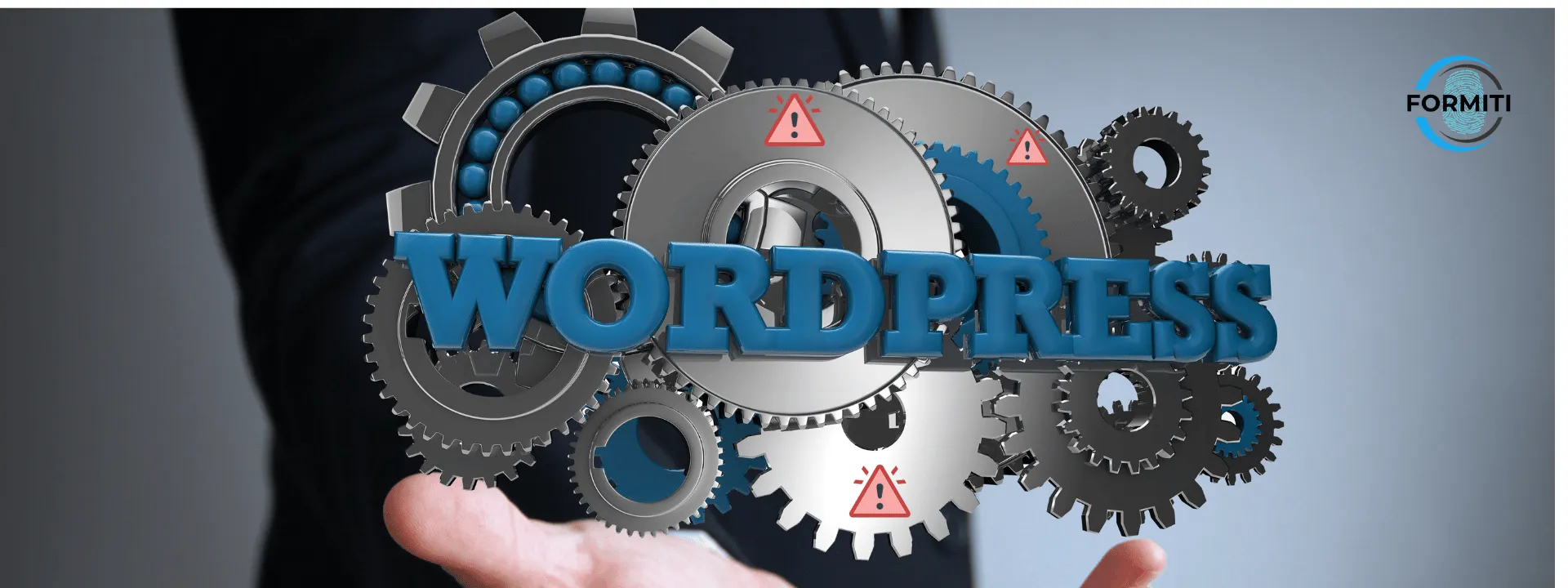Introduction
WordPress, a powerhouse in the world of content management systems, is known for its flexibility and a vast array of plugins and themes. However, this popularity also makes WordPress a prime target for cyber threats. The Common Weakness Enumeration (CWE) identifies several vulnerabilities within WordPress plugins and themes. This article explores the top three: Cross-site Scripting (XSS), Cross-Site Request Forgery (CSRF), and Missing Authorisation, and how threat actors can exploit them.
1. Improper Neutralisation of Input During Web Page Generation (‘Cross-site Scripting’ or XSS)
XSS is one of the most prevalent cyber threats in WordPress plugins and themes. It occurs when an application, like a WordPress site, includes untrusted data on a web page without proper validation or escaping. Attackers exploit XSS by injecting malicious scripts into web pages viewed by other users. These scripts can hijack user sessions, deface websites, or redirect victims to malicious sites. WordPress sites with extensive user interaction, such as membership databases or forums, are particularly vulnerable to XSS attacks.
Prevention: Regularly update themes and plugins, use security plugins that offer XSS protection, and implement strong content security policies.
2. Cross-Site Request Forgery (CSRF)
CSRF attacks force an end user to execute unwanted actions on a web application they are currently authenticated. In the context of WordPress, this could mean unauthorised posting of content, changing user details, or even altering site settings. Cyber threats can be particularly damaging for sites with WooCommerce, where fraudulent transactions or changes to product listings can occur.
Prevention: Implement anti-CSRF tokens in forms, ensure that state-changing requests are POST requests, and use plugins that protect CSRF.
3. Missing Authorisation
Missing Authorisation occurs when a WordPress site fails to restrict access to certain functionality or data properly. This means that users, without proper authorisation, can access sensitive areas like admin panels, user profiles, or data dashboards. This vulnerability can lead to unauthorised data access, data manipulation, or even a full site takeover. Sites with large-scale membership databases or sensitive eCommerce data are at significant risk.
Prevention: Implement role-based access controls, regularly audit user permissions, and use security plugins to monitor and manage access rights.
Conclusion
The security of WordPress sites, particularly those with large user bases and eCommerce functionality, must be balanced. Understanding and mitigating vulnerabilities like XSS, CSRF, and Missing Authorisation are critical in protecting against threat actors. Regular updates, vigilant security practices, and reliable security plugins form the cornerstone of a robust WordPress security strategy.

